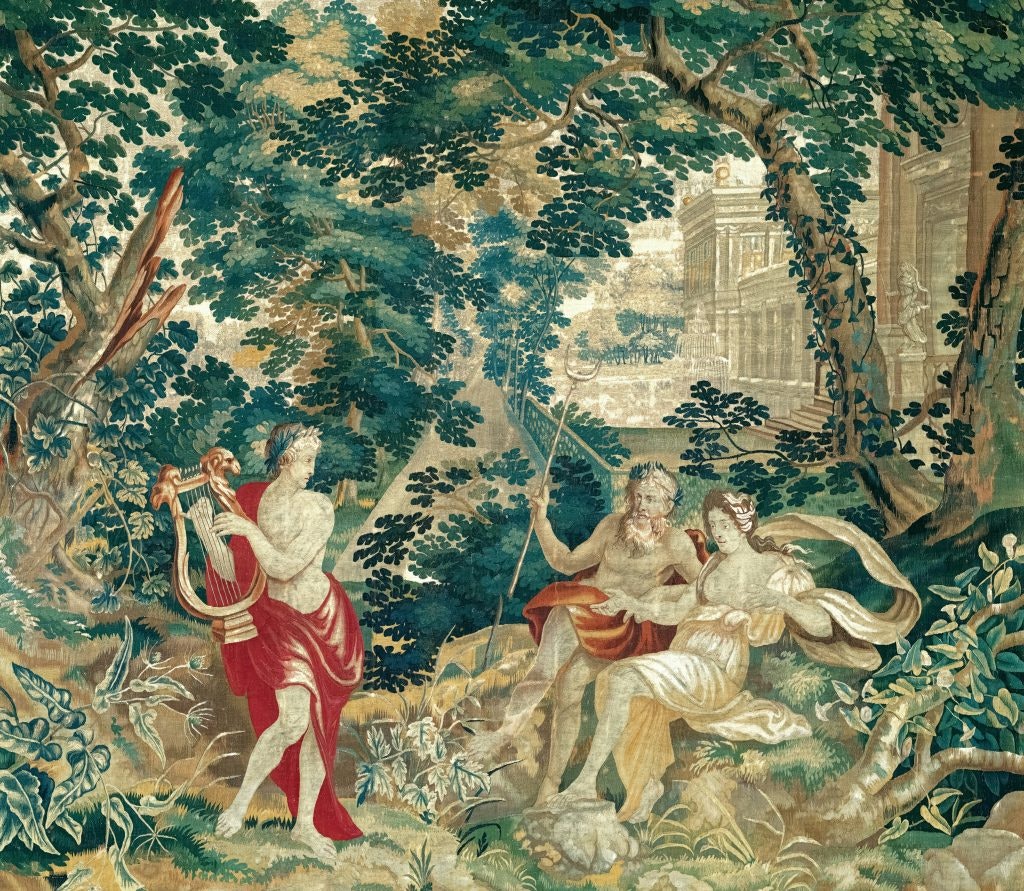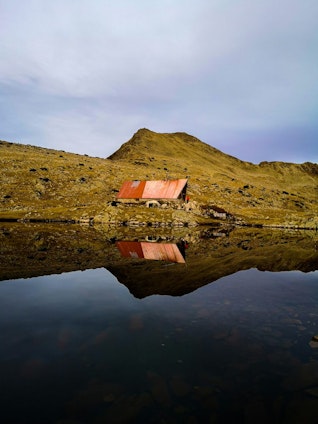







Bulgaria might not be the first country that comes to mind when planning a trip, but it should be. After a hike through the mountain trails, you can relax in natural hot springs or go to the beautiful beaches with views of the Black Sea.
Known as the “Balkan Prussia,” Bulgaria is famous for its ancient towns and mineral springs believed to have natural healing properties. It’s also a great destination for teen adventure travel, offering unique cultural experiences and outdoor exploration beyond the usual tourist spots.
| Key Facts About Bulgaria | Details |
| Population(2025) | 6,714,560 |
| Official Language | Bulgarian |
| Currency | The Lev |
| Capital | Sofia |
| Area | 42,855 sq mi(110,994 km²) |
| Main Religion | Eastern Orthodox Christianity |
Here are some fun facts about Bulgaria that might just put it on your travel list.
Bulgaria is the oldest European country with an unchanged name and the only European country older than Bulgaria is San Marino. In fact, modern Bulgarian lands hold the earliest evidence of Homo sapiens in Europe.
Bulgaria was home to an ancient region known as Thrace which is now Bulgaria, Romania, and Northern Greece. Thrace on the Balkan Peninsula was a key travel route between Greece and Western Europe.
The Roman Empire conquered Thrace in the 1st century AD. The Slavs invaded in the 5th and 6th centuries. The Bulgars, a Turkic people from north of the Black Sea, defeated the Slavs and gave their name to the country in 681 AD, the year Bulgaria heralds as its founding. The Bulgars represented an evolved society with an ancient Bulgarian calendar based on Jupiter and the Sun.
The first Bulgarian empire peaked in the 10th century and was known for its unique literary schools and literature. By 1396, Bulgaria fell under Ottoman rule, and lost half its land. The Ottoman Empire ruled Bulgaria for almost five centuries. Today, Bulgaria ranks third in Europe for valuable archaeological monuments, a distinction shared only with Greece and Italy, two of the other oldest countries in Europe.

Orpheus Playing the Lyre to Hades and Persephone
Alexander Nevsky Cathedral is a Bulgarian Orthodox cathedral in Sofia, Bulgaria’s capital. It is the cathedral church of the Patriarch of Bulgaria and one of the 50 largest Christian church buildings in the world.
The Bulgarian Orthodox Church is the oldest Slavic Orthodox Church in the world. It was recognized as an independent church in 870 AD by Byzantine Christian leadership. The church played a role in the spread of Christianity among the Slavic peoples.
Bulgarians celebrate name days with small gifts and parties, reflecting roots in the Bulgarian Orthodox church. Popular name days include those for people named Georgi, Ivan, Dimitar, Maria, Ivanka, and Elena.
On March 1, celebrate Baba Marta Day. Baba Marta or “Grandma March” is a mythical old arguing with two brothers, January and February. Bulgarians exchange white and red bracelets called martenitsa for health and luck, marking the start of spring. These symbolize wishes for good health, with red for life and white for purity. They are worn until the end of March or until a stork is seen, signaling spring.

Traditional Bulgarian ‘Martenitsa’ bracelet with a red ball-shaped plastic marble
Banitsa and rakia are just two of the delicious food and drinks options found in Bulgaria. Banitsa is a sweet or savory baked pastry with layers of filo dough and various fillings. Try a sweet version with Bulgarian yogurt for a delicious treat. Rakia is a fruit brandy most often made with grapes. It is quite strong so enjoy it carefully. These are some of the dishes and drinks Bulgaria is famous for:

Bulgaria is home to many sweet and savory pastries.
The Bulgarian Air Force developed the first aircraft-dropped bomb in military history. In 1912, during the First Balkan War, Bulgarian forces dropped two of these bombs on the Turkish train station of Karağaç. The Bulgarian army later served on the side of the Central Powers.
No list of interesting facts about Bulgaria is complete without mention of Peter Petroff, an American of Bulgarian descent who developed the world’s first digital wristwatch and first electronic digital computer. Before creating the world-famous digital wristwatch, Petroff’s life was full of adventures, from joining the French Foreign Legion and escaping a Polish war camp in World War II, to leaving behind his home in the Balkan Mountains and working as an engineer with NASA. Today, his Pulsar wrist watches can be seen in the Smithsonian Museums in Washington, D.C.

The Pirin Mountains highlight the natural beauty waiting for travelers in Bulgaria.
The Bulgarian folk song “Izlel e Delyu Haydutin” was sent into space on Voyager I. The recording is a rendition of the song performed by Valya Balkanska and is about a rebel leader from the Ottoman Empire era. This recording was included on the Voyager Golden Record intended to represent Earth’s cultural diversity for possible alien discovery. So maybe aliens are humming Bulgarian folk songs right now!
Bulgaria ranks nine UNESCO World Heritage sites. These cover sites famous for natural beauty like the Pirin Mountains and 12th-century rock-hewn churches. These UNESCO World Heritage sites celebrate Bulgaria’s rich natural and human history.
| UNESCO World Heritage | Description |
|---|---|
| Rila Monastery | Largest Eastern Orthodox monastery in Bulgaria, founded in the 10th century, known for its stunning architecture and historical significance. |
| Boyana Church | Famous for its well-preserved medieval frescoes dating back to 1259, showcasing remarkable examples of Bulgarian medieval art. |
| Madara Rider | An early medieval large rock relief depicting a knight, unique in Europe, created during the formation of the Bulgarian state. |
| Thracian Tomb of Kazanlak | A well-preserved Hellenistic tomb from the 4th century BC, renowned for its intricate murals depicting Thracian culture. |
| Thracian Tomb of Sveshtari | A 3rd-century BC tomb known for its unique architectural decor and caryatids, showcasing Thracian artistry and beliefs. |
| Ancient City of Nessebar | A historic city on the Black Sea coast with over 3,000 years of history, featuring remains from the Hellenistic, Roman, and Byzantine periods. |
| Rock-Hewn Churches of Ivanovo | A complex of rock-cut churches, chapels, and monastic cells with well-preserved medieval frescoes from the 12th to 14th centuries. |
| Pirin National Park | Known for its stunning natural beauty, the park features diverse alpine and subalpine ecosystems, glacial lakes, and endemic flora and fauna. |
| Srebarna Nature Reserve | A biosphere reserve around Lake Srebarna, important for bird conservation, especially as a breeding ground for Dalmatian pelicans and other species. |
Bulgaria is the world’s largest producer of rose oil, a component in many perfumes. In fact, the roses grown in Bulgaria’s Rose Valley produce 70-85% of the world’s rose oil. Famous Bulgarian rose oil is prized around the world for its quality and cost. Bulgarian rose oil is the priciest available, with buyers paying upwards of $7,000 per pound.
To produce top-quality rose oil, farmers in Bulgarian towns spend a year preparing fields that bloom for just a few weeks. The rose petals are distilled within an hour of harvest.
The Bulgarian national football team finished fourth in the 1994 World Cup, ultimately won by Brazil. The most famous footballer of Bulgarian origin is Hristo Stoichkov who scored 6 goals in the 1994 world cup and won the Ballon d’Or that same year. Stoichkov also played for FC Barcelona and wore the Bulgarian flag for the Bulgarian national football team.
The Cyrillic alphabet gained recognition as the third official alphabet of the European Union after Bulgaria joined the EU. But Bulgaria is not the sole European country to use the Cyrillic alphabet. Several other countries in Eastern Europe and Central Asia also employ Cyrillic script, including Russia, Ukraine, Serbia, and others. The widespread use of Cyrillic alphabet reflects Cyrillic’s historical significance in shaping cultural and linguistic identities across nations.
Ready to explore the wonders of Bulgaria on a student or group travel programs? Contact our team of travel experts to learn more about travel programs to Bulgaria.